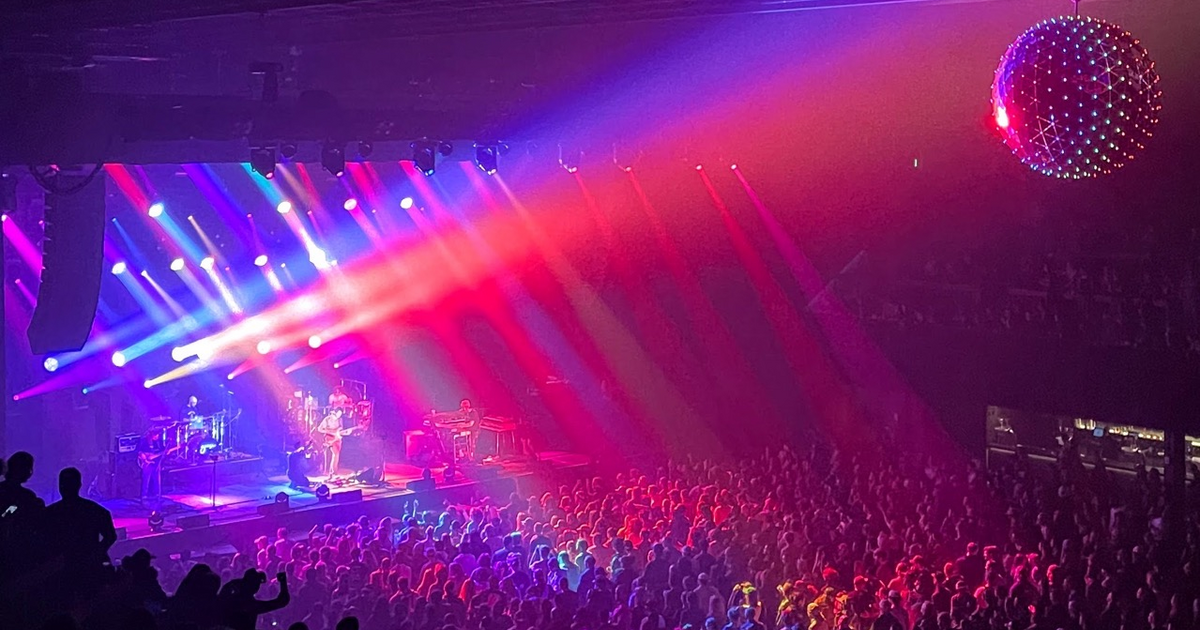as promised, the treasure trove of US Robotics dialup ISP software is now available on IA. Please note that while I've done my best to describe the software, none of it has been tested. If you're planning on doing something like firmware upgrades, be 100% sure it's the right equipment and firmware.
and if you're one of those lucky 9 people that has a USR Total Control device, i'd love to hear your results.
USR Total Control SNMP Manager MIBs:
https://archive.org/details/tc-mibs
US Robotics SNMP Total Control Manager 2.0.1 and 4.13 Upgrade DIsks
https://archive.org/details/usr-tc-nmc-snmp
COM/US Robotics Total Control NetServer 8/16 Manager and Utilities
https://archive.org/details/usr-tc-netserver8-manager
US Robotics Total Control Modem Pool 8/16 Firmware:
https://archive.org/details/usr-tc-mp16-firmware
Novell NetWare Services Manager 1.1
https://archive.org/details/novell-nsm-1.1
US Robotics Total Control SNMP Manager for NetWare NMS:
https://archive.org/details/usr-tc-snmp-extras
US Robotics Modem Software Downloader 1.7 & USR Sportster Modem Firmware upgrade
https://archive.org/details/usr-sportster-upgrader
US robotics hardware upgrade offer document for dial-up ISPs. This is just a marketing document, but it's a fun read:
https://archive.org/details/usr-x2-offer
